In the fashion and textile world, waste doesn’t just happen in the cutting room — it often begins right at the loom. Traditionally, weaving methods can produce surplus yarn ends, selvage waste, or offcuts that either end up in landfills or get downcycled. With sustainability becoming non-negotiable, the industry is now looking at a radical shift: zero-waste weaving.
What is Zero-Waste Weaving?
Zero-waste weaving refers to techniques and loom innovations that are designed to ensure every inch of yarn is used in the fabric-making process.
Instead of creating excess fabric or offcuts that require trimming, the weaving process is planned so that:
- Fabric widths match final garment patterns
- Edges (selvages) are finished and usable
- Yarn waste is minimized or reused instantly
It’s not just a sustainability move — it’s an economic win, as raw material costs are reduced.
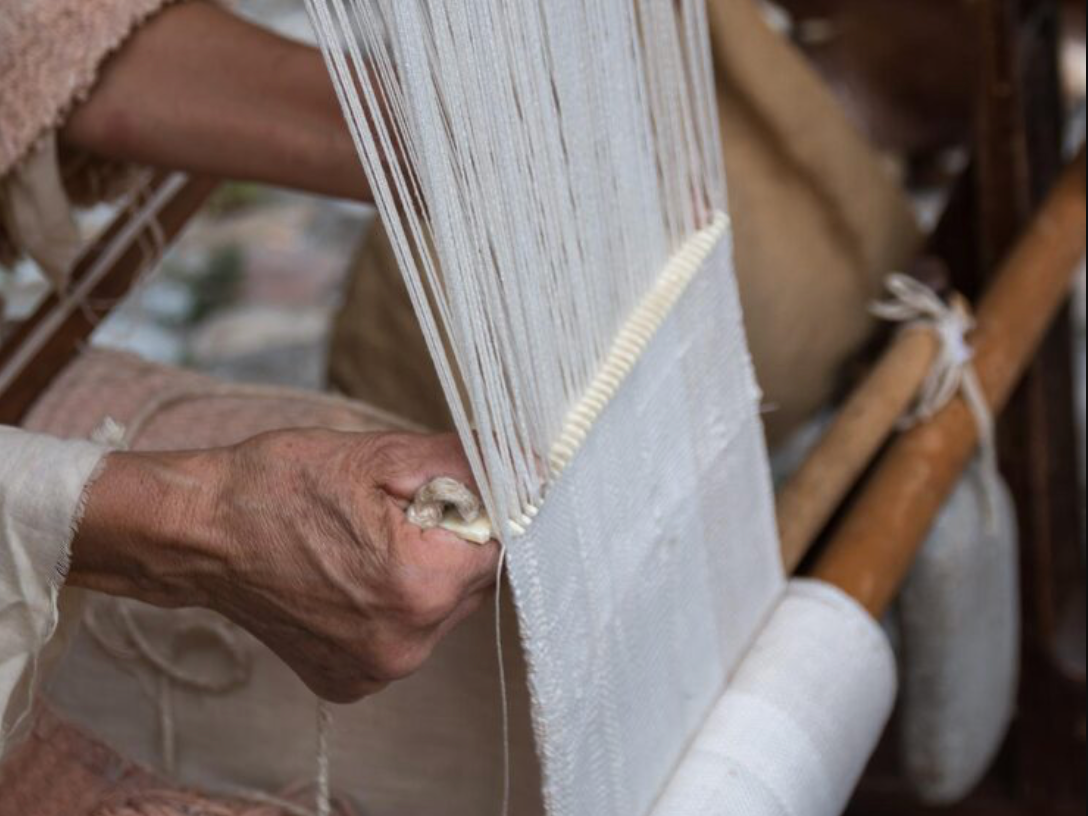
Why It Matters Now?

Textile waste crisis
According to India’s Ministry of Textiles, the country generates over 800,000 tonnes of pre-consumer textile waste annually — a significant portion from weaving and processing.
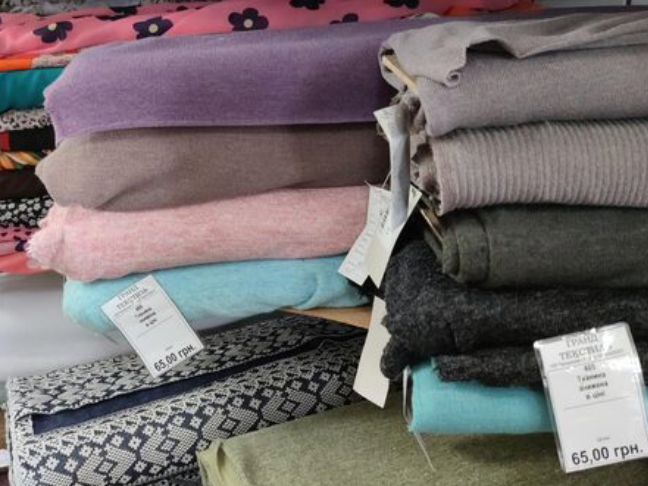
Rising raw material costs
Cotton and silk prices have increased, making waste reduction more financially important than ever.

Global consumer pressure
International buyers, especially in Europe and the US, are demanding eco-friendly production and traceability.
Innovations Making It Possible
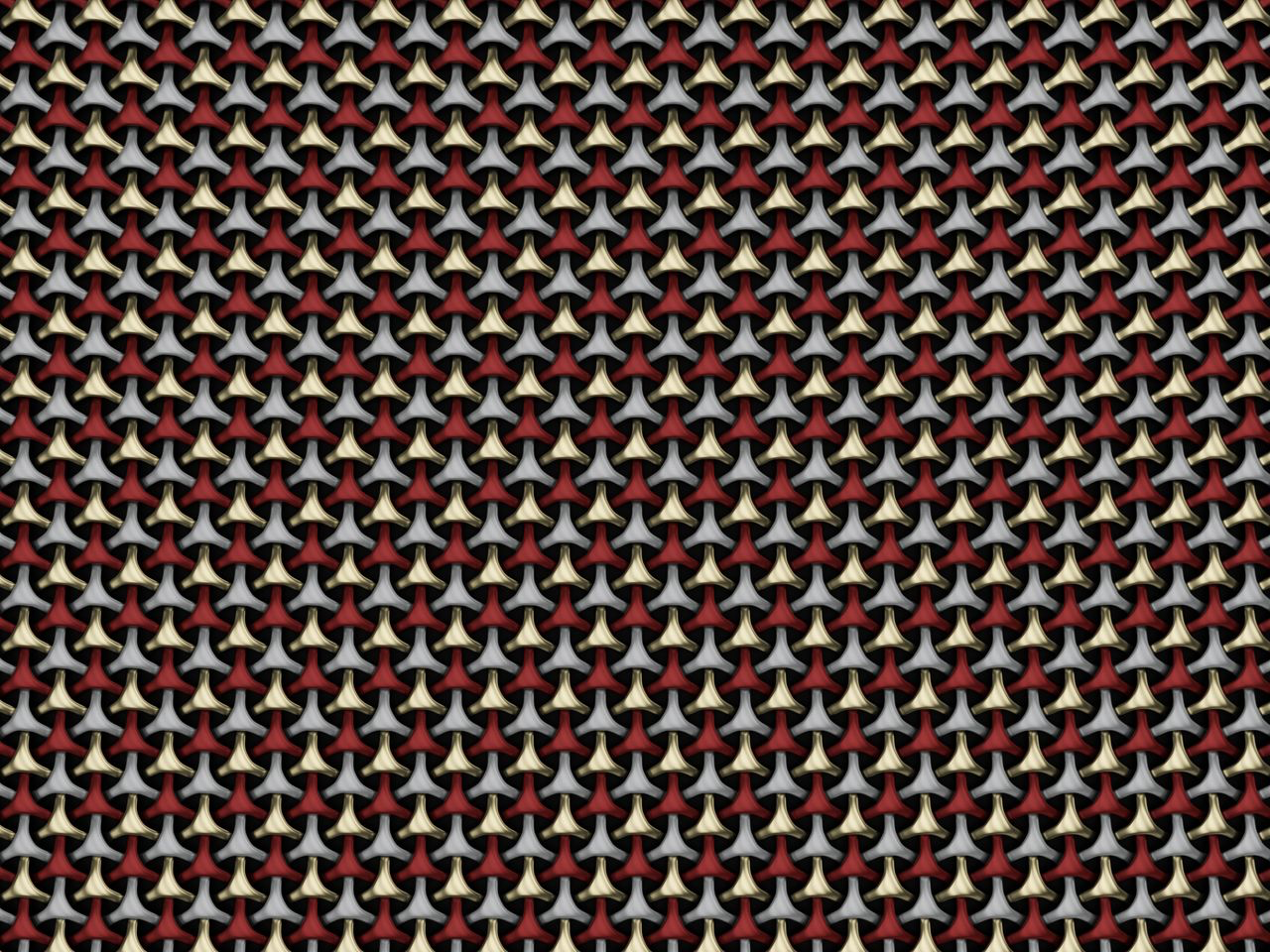
Narrow-width weaving for ready panels
- Looms are programmed to weave fabrics to the exact dimensions of garment panels (e.g., sleeves, bodices), so there’s no cutting waste.
- Example: Some handloom clusters in Chanderi, Madhya Pradesh have started weaving sari pallus separately to avoid leftover borders.
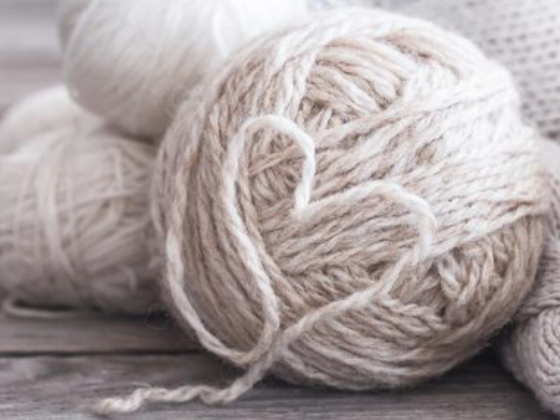
Circular yarn reuse
- Yarn trimmed during warp setup is collected and re-spun into new weft threads immediately in the same workshop.
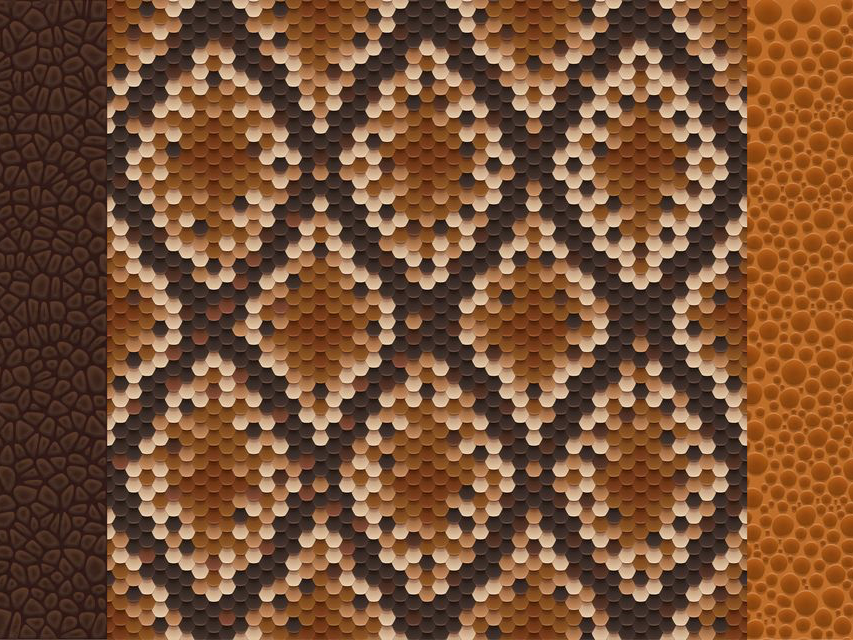
Jacquard pattern integration
- Designs are woven directly into the fabric rather than being embroidered or printed later, cutting out extra material usage.

On-demand digital looms
- Automated weaving machines like Shima Seiki’s Whole Garment for knits, but adapted for woven fabrics, allow seamless panel creation without waste.
Indian Market

Erode, Tamil Nadu
Power loom clusters are experimenting with digital dobby looms to weave garment-shaped panels.

Vankar community in Kutch, Gujarat
Using traditional pit looms but modifying warp planning to eliminate selvage waste.

Bhiwandi, Maharashtra
Pilot projects on reusing mill-end yarns for budget fabrics without compromising strength.

Impact for the Future
If zero-waste weaving is widely adopted, it could:
- Reduce pre-consumer fabric waste in India by up to 30–40%
- Lower production costs by 10–15% for mills and designers
- Position Indian textiles as leaders in sustainable manufacturing on the global stage

